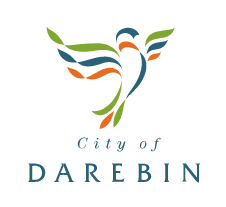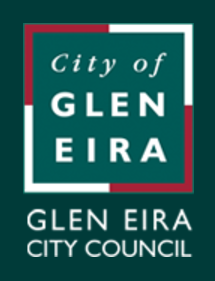Urban Forest Development Impact –
Case Study - City of Glen Eira - Town Hall Quercus - PHC Remediation Program – Development Impact

Tree decline from construction development is widespread throughout the Urban Forest. The common factors are:
- Physical damage to the root system
- Physical damage to the soil health and function
- Soil Chemistry issues
- Soil Biology issues
All these issues are investigated and severity determined during G.U.F Plant Health Care consultations. The below case study is an example of successfully restoring health of valuable trees using scientific measurable investigations and holistic ecological remediation principals.
First pass Visual analysis:
- Major damage inside the tree protection zone (TPZ) has occurred during the building redevelopment
- Possum grazing is evident. Attempts to limit the damage from possums through installing bands around the trunk are inadequate as possums can enter the tree from the building roof and adjoining tree canopy
- Aphid activity was observed
- Honey dew from aphids feeding on the leaves was documented and may result in further leaf damage from sooty mould later in the growing season
- Chlorotic growth mainly on the side of the tree where structural roots were damaged
Soil Biology Issues:
The biology analysis of the soil taken from the tree root-zone included some beneficial soil organisms to predominantly non-beneficial soil anaerobes. This simply means the tree roots disease protection mechanism has been removed with the proliferation of anaerobes. Pathogens can run rampant unless it is restored by, in the first instance, recreating a soil structure with sufficient air space and organic matter to house the beneficial microbes. The soil biology analysis from the sampled tree identified a lack of soil biological activity and diversity. In addition to the physical damage experienced by the tree, this may be contributing to poor tree health by exposing the tree roots to pathogens due to the lack of natural competition and predation In this case, the soil biology in the tree root zone is not as active as it should be to promote healthy tree growth and is out of biological balance unable to fully meet the soil-root association needs of the tree. It is important to build an appropriate microbial balance and then stimulate this in order to support appropriate (to the tree) soil function which transfers to healthy tree function and growth. This can be readily done using TPA’s scientific approach to the application of Advanced Microbial Compost (AMC) and Actively Aerated Compost Teas (AACT).
Fusarium spp
Fungal disease presence was found in the soil biology sample and identified as Fusarium spp. The high activity of fusarium has resulted in the total fungi of the soil data to be misrepresented. Fusarium will cause further damage to the trees absorbing roots and will require introduction of antagonistic strains of beneficial fungi to suppress the disease.
Soil Chemistry issues:
The chemistry of these soils as analysed by an independent laboratory attached to a university in NSW indicates some major nutrient imbalances ranging from potentially toxic to grossly deficient. The following list outlines the nutrient status of the sample in total, exchangeable and available forms for the Glen Eira Quercus:
CO2 respiration

CO2 respiration has fluctuated due to the dramatic increase in soil biology and changes in microbial ratios due to predation. The first sample in black represents the test after the Advanced Microbial Compost was applied. A rapid introduction of Bacteria has been captured with between 2000 – to nearly 8000 ppm of CO2 being released and potentially absorbed by the tree. CO2 then drops and steadily increases again as the soil biology community increases and changes to become further established and appropriate for large deciduous trees such as the Town Hall Quercus.
Canopy Function Data:
To monitor the tree response to the PHC program – Canopy function data is collected with G.U.F’s unique TREE HEALTH CALCULATOR 1.0
Some examples of first pass data interpretation graphs.
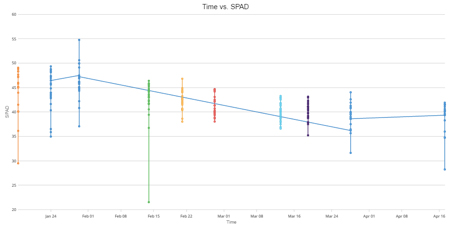
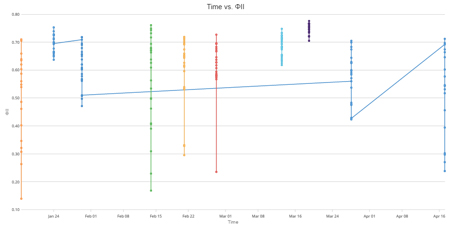
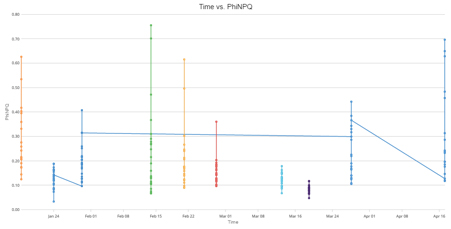
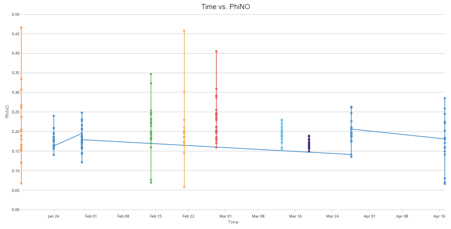
2015 investigation of Plant and soil health and function

2015 – preliminary PHC applications and canopy function data collection
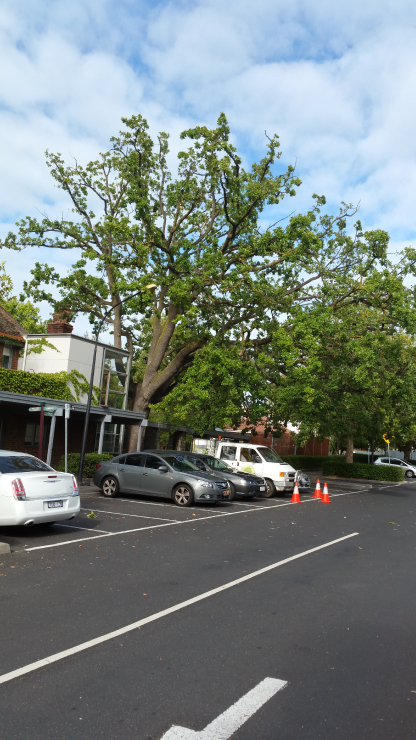
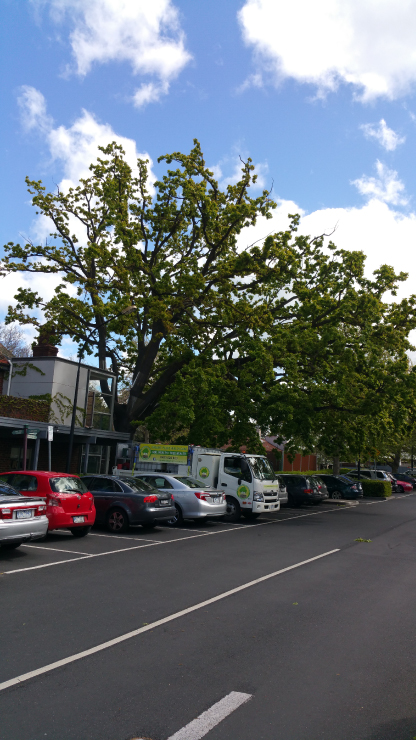
2016 the tree is responding to PHC treatments. The change in Photosynthetic capacity was captured in the canopy function data and the tree continues to be monitored and treated.

The Fungal Diversity
This PHC project program was intensive due to the rapid tree decline from intensive TPZ impact. Due to the forward thinking and experienced Arboriculture staff at CGE this project was fast-tracked. The fungal diversity that was applied and propagated in the G.U.F method delivered extraordinary results in both soil biological activity and tree health response.
A big thank you goes out to GE Arborists for having the faith in Matthew Daniel’s Recommendations in this particular case.
Contact Us
Send Global Urban Forest a message







